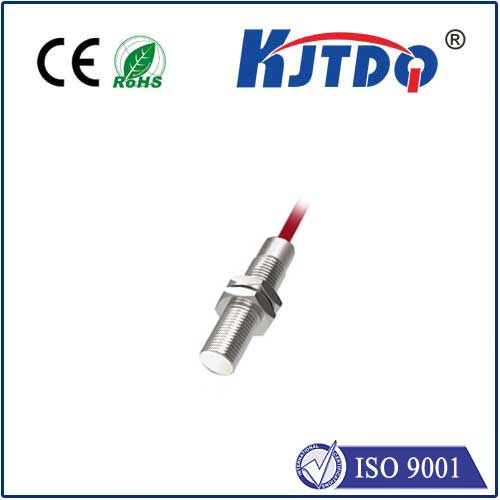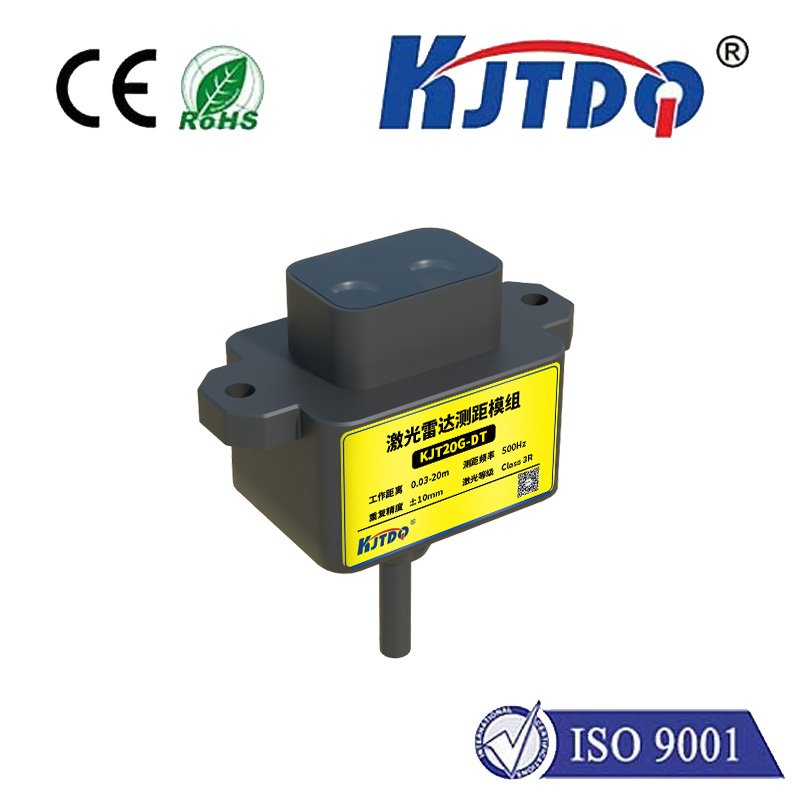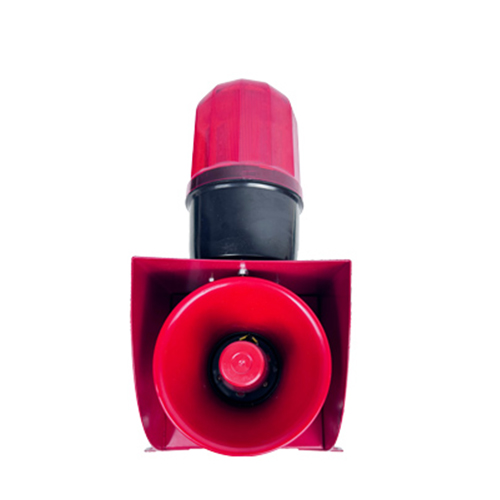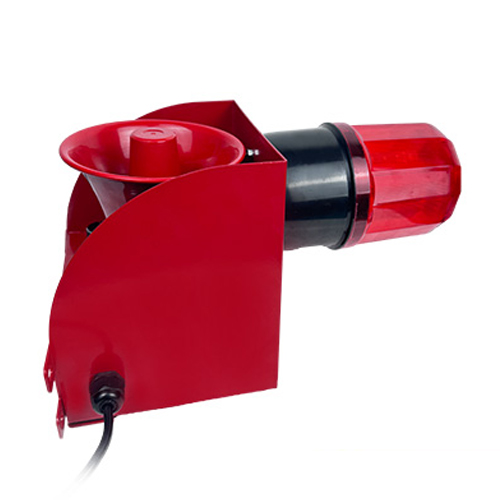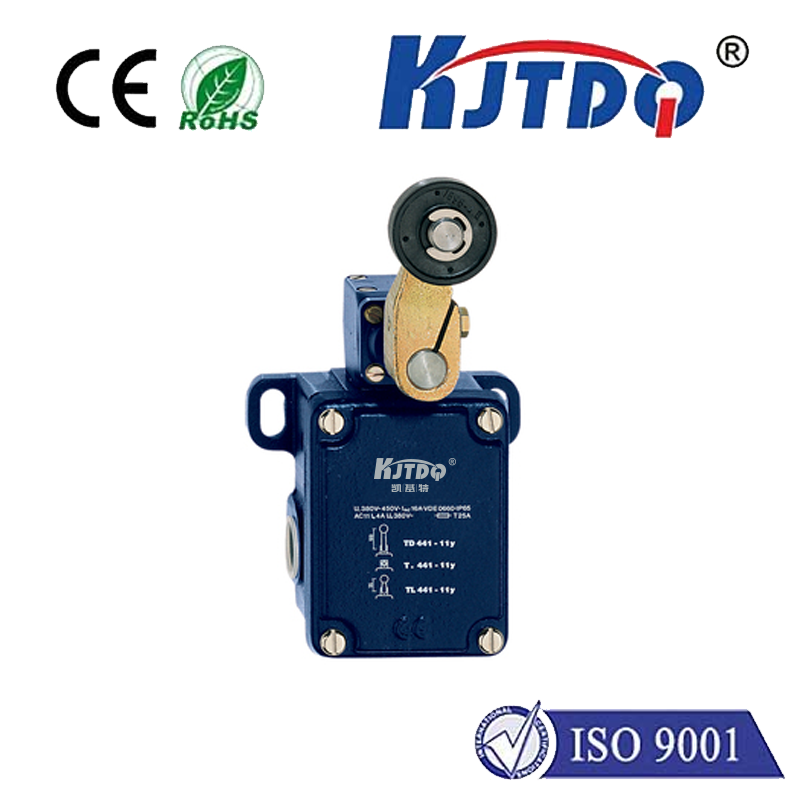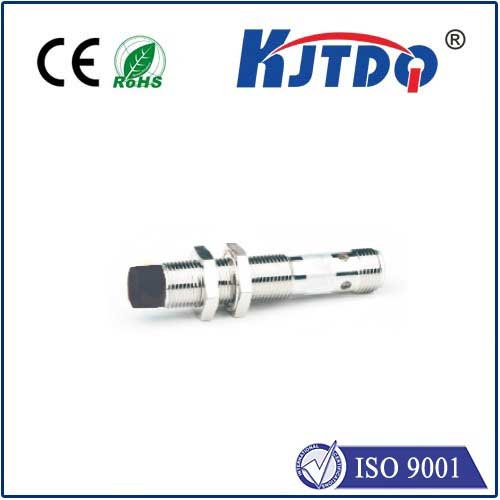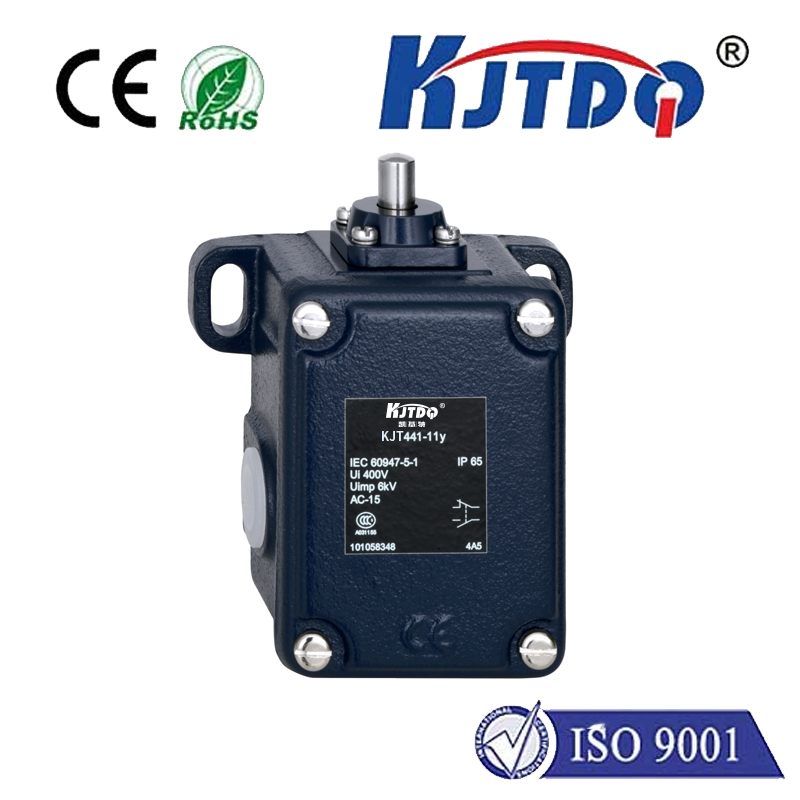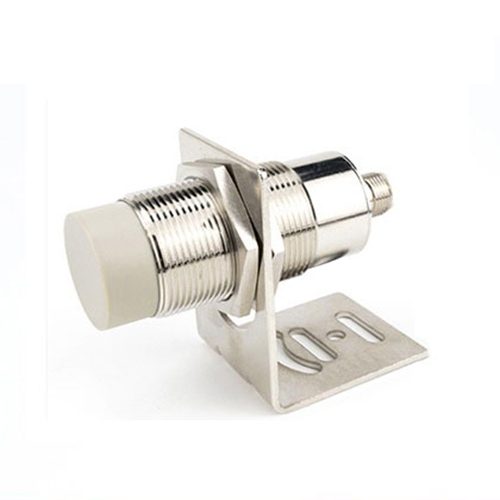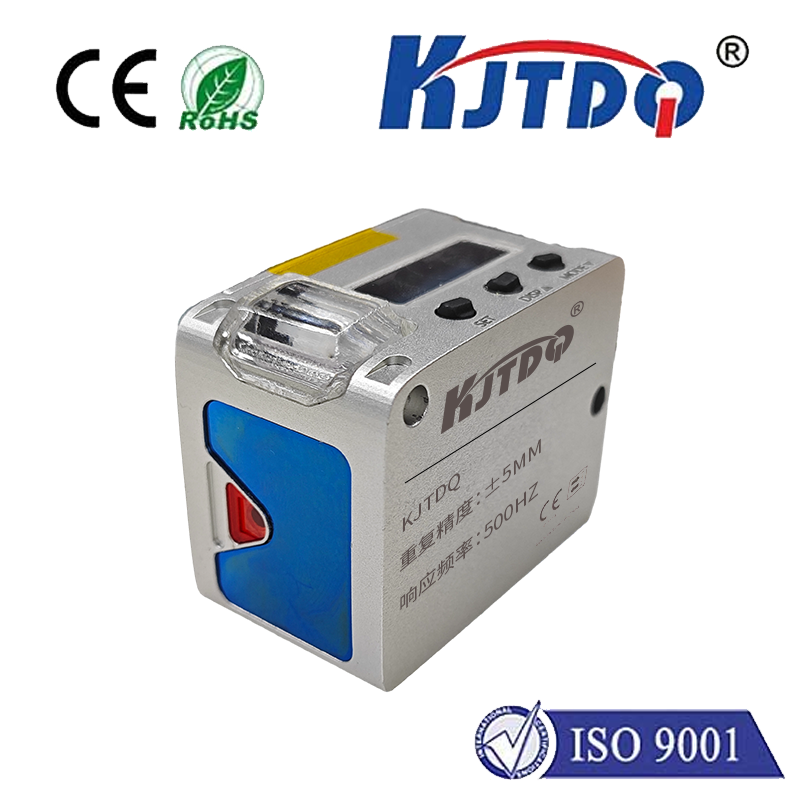выключатель управления верхним пределом
- time:2025-08-04 12:59:49
- Нажмите:0
High Limit Control Switches: The Critical Safety Guardians in Industrial Systems
Imagine a scenario: a powerful boiler steadily generating heat for a facility. Suddenly, a critical control component fails, and the temperature begins to climb unchecked. Without intervention, this could lead to catastrophic equipment damage, hazardous pressure build-up, or even a safety incident. This is where the silent, vigilant protector steps in – the High Limit Control Switch. Often unseen but indispensable, this device is the ultimate fail-safe, engineered to prevent disaster when all else fails.
Understanding the High Limit Control Switch
At its core, a High Limit Control Switch (HLCS) is an automatic safety device designed exclusively for protection. Its primary function is to monitor a critical process variable – most commonly temperature, but sometimes pressure or level – and physically interrupt power to a heating element, burner, compressor, or other critical equipment if that monitored variable exceeds a predetermined safe limit. Think of it as the last line of defense in a control system, activating only when primary regulating systems have failed to maintain safe operating conditions.
How Does a High Limit Control Switch Operate?

The principle is elegantly straightforward:
- Sensing: The HLCS incorporates a sensor (like a bimetallic strip, capillary bulb, or electronic probe) continuously monitoring the critical parameter (e.g., the temperature inside a boiler plenum).
- Сравнение: This sensor is connected to a switching mechanism calibrated to trip at a specific high limit setpoint. This setpoint is always significantly higher than the normal operating range and above the setpoint of the primary operating control.
- Action: If the monitored value rises to the danger zone and reaches the high limit setpoint, the switch mechanism acts decisively. It physically opens (breaks) an electrical circuit that powers the heat source or potentially unsafe equipment.
- Safety Shutdown: This circuit break forces an immediate shutdown of the system, halting the hazardous condition.
- Reset: Crucially, most high limit controls are manual reset types. After tripping, they require a physical action (like pressing a button) by a qualified technician to close the circuit again. This prevents automatic restarting before the underlying cause of the over-limit condition is identified and resolved. Some automatic reset HLCS exist, but manual reset is widely preferred for critical safety applications.
Where High Limit Controls Are Essential: Protecting Vital Infrastructure
These devices are non-negotiable safety components in a vast array of equipment, creating a critical safety chain:
- HVAC Systems: Furnaces, boilers, heat pumps, duct heaters all rely on HLCS to prevent heat exchanger overheating and potential fires.
- Commercial Appliances: Commercial ovens, griddles, deep fryers, dishwashers, and water heaters incorporate them for safety.
- Industrial Process Equipment: Plastic injection molding machines, extruders, packaging machinery, reactors, and drying ovens depend on HLCS.
- Power Generation & Distribution: Protecting transformers, motors, generators, and associated gear.
- Water Heaters: Electric water heaters and boilers use them as redundant safety shutdowns.
- Compressed Air Systems: Protecting air compressors from overheating due to low oil, blocked airflow, or overloading.
Why They Are the Unsung Heroes of Safety Systems
- Redundant Protection: They operate independently and in parallel to primary controls. If the main thermostat, pressure switch, or controller fails (e.g., stuck “on”), the HLCS is unaffected and stands ready to act. This layered defense is crucial for safety-critical applications.
- Preventing Catastrophe: By forcibly shutting down equipment during unsafe over-temperature, over-pressure, or over-level conditions, HLCS directly prevent explosions, fires, severe equipment meltdowns, and release of hazardous materials.
- Mandatory Compliance: Their use is often explicitly required by stringent safety standards and codes (such as ASME, UL, CSA, NFPA) governing the design and operation of boilers, pressure vessels, heating appliances, and industrial machinery. Compliance is not optional; it’s a legal and ethical imperative.
- Critical Thermal Management: They are fundamental to safeguarding components vulnerable to heat damage (insulation, electrical wiring, seals, structural integrity).
- Enabling Troubleshooting: The manual reset feature forces human intervention. Technicians must investigate why the switch tripped before restarting, helping to identify and rectify the root cause of the failure.
Choosing the Right High Limit Control Switch
Selecting the appropriate HLCS is vital for reliable safety performance:
- Function: Define the parameter it must monitor (Temperature, Pressure, Fluid Level).
- Setpoint Range: Ensure the switch’s operating range covers the required high limit setpoint. Remember, this setpoint must be significantly higher than the normal operating point or primary control setpoint, yet safely below the maximum acceptable limit for the protected system.
- Electrical Ratings: The switch contacts must handle the voltage, current type (AC/DC), and current load of the circuit they control (e.g., gas valve, transformer, motor contactor coil). Undersized electrical ratings risk contact failure.
- Sensing Element Type & Size: Choose the sensor (bimetal snap-action, capillary bulb with diaphragm, electronic probe) suitable for the application environment (temperature range, vibration, mounting location) and ensure it can be properly installed to sense the critical parameter effectively.
- Reset Type: Manual reset is overwhelmingly recommended for safety-critical HLCS applications to prevent automatic, potentially unsafe restarts. Automatic reset models should only be used where safety is not compromised by an automatic restart.
- Environmental Suitability: Consider ambient temperature, potential contaminants (dust, oil, moisture), vibration levels, and any explosion-proof requirements.
- Agency Approvals: Verify the switch carries the necessary safety certifications for the region and application (e.g., UL, CSA, CE, ATEX).
Beyond simply interrupting a circuit, High Limit Control Switches embody the principle of fail-safe design. They are meticulously engineered guardians that stand watch, ready to act only when absolute necessity demands. By providing redundant, independent protection and forcing essential diagnostic procedures through manual reset, they are fundamental pillars of safe and reliable industrial and commercial operations. Their silent vigilance ensures that when primary controls falter, disaster is averted, safeguarding people, property, and processes.

